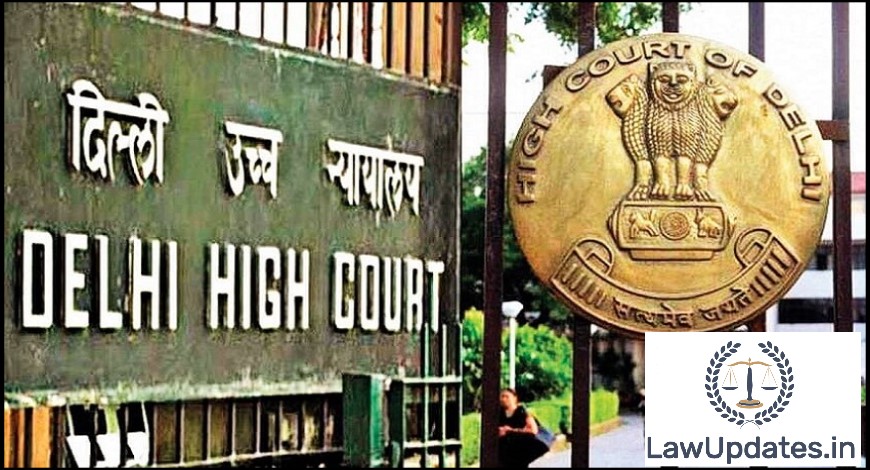In a recent Judgement Supreme Court has held that, In absence of evidence about fitness of mind of deceased to make dying declaration, dying declaration is not admissible.
The judgement came out in a case titled as Naresh Kumar Versus Kalawati and others.
CASE BACKGROUND
In the present case, The appellant, brother of the deceased, is in appeal challenging the acquittal of the sister-in-law and husband of the deceased(respondents), of the charge under Sections 498A and 302/34 I.P.C., affirmed by the High Court. The deceased suffered 95% burn injuries on 17.09.1991 at about 4:30 pm and succumbed in the hospital the next day. There is no eye-witness account. The case of the prosecution is based on circumstantial evidence consisting of the dying declaration of the deceased. The respondents were acquitted as the dying declaration was held not to have been proved in accordance with law and it did not inspire confidence. It vacillated between blaming the husband and the sister-in-law, coupled with the absence of any certificate by the Doctor that the deceased was in a fit state of mind when she made the dying declaration.
Contention of the Appellant
Learned counsel for the appellant, submitted that the deceased suffered a homicidal death by burns in the matrimonial home within seventeen months of her marriage. P.W. 13, the Sub-Inspector in the police control room had deposed that P.W. 20, the constable posted in the hospital had informed that the deceased had stated that she had been put on fire by her husband. The M.L.C. of the deceased recorded at 6:00 pm by Dr. Anant Sinha contained an endorsement that she was conscious. The deceased had stated to the Doctor that she was set ablaze by the wife of his elder brother by pouring kerosene oil upon her while she was making tea. Soon thereafter she made another statement to the Assistant Sub-Inspector, in presence of the said Dr. Anant Sinha, and who also signed the statement, that her elder sister-in-law, had poured kerosene over her and set her on fire. The deceased was therefore not only fully conscious, but also in a fit state of mind. Her right toe impression was taken on her statement as her fingers had suffered burn injuries. The mere absence of any endorsement in the dying declaration by the Doctor with regard to fitness of the deceased to make the statement cannot vitiate its evidentiary value. The fitness to make the statement was certified by the Junior Resident Doctor.
Contention of the Respondent
Learned Counsel appearing for respondents submitted that according to the M.L.C., the deceased was only stated to be conscious. There is no evidence that she was fully oriented with a fit state of mind to make a dying declaration. There is no endorsement by the said Dr. Anant Sinha that the deceased was in a fit state of mind to make the declaration and that he was present during recording of the same. The deceased initially named her husband alone as the person who set her on fire. There was no reference to the sister-in-law or any demand for dowry. Subsequently she stated that she had been brought to the hospital by her husband and that she had been set on fire by her sister-in-law. Initially the deceased did not name respondent no.1 to the Doctor at the time of M.L.C., but only stated that she was set on fire by her sister-in-law. The respondents had taken the defence that the deceased suspected promiscuous relationship between them and was also frustrated by her inability to conceive and therefore committed suicide by setting herself on fire. The view taken by two courts being a reasonably possible view does not call for interference by this Court.
Decision of the Court
The Supreme Court while distinguishing between consciousness and fitness of state of mind to make a statement referred Paparambaka Rosamma and others v. State of Andhra Pradesh, (1999) 7 SCC 695, in which it was observed:
“It is true that the medical officer Dr K. Vishnupriya Devi at the end of the dying declaration had certified “patient is conscious while recording the statement”. It has come on record that the injured Smt Venkata Ramana had sustained extensive burn injuries on her person. Dr P. Koteswara Rao who performed the post-mortem stated that the injured had sustained 90% burn injuries. In this case as stated earlier, the prosecution case solely rested on the dying declaration. It was, therefore, necessary for the prosecution to prove the dying declaration as being genuine, true and free from all doubts and it was recorded when the injured was in a fit state of mind. In our opinion, the certificate appended to the dying declaration at the end by Dr Smt K. Vishnupriya Devi did not comply with the requirement inasmuch as she has failed to certify that the injured was in a fit state of mind at the time of recording the dying declaration. The certificate of the said expert at the end only says that “patient is conscious while recording the statement”. In view of these material omissions, it would not be safe to accept the dying declaration as true and genuine and as made when the injured was in a fit state of mind. In medical science two stages namely conscious and a fit state of mind are distinct and are not synonymous. One may be conscious but not necessarily in a fit state of mind. This distinction was overlooked by the courts below.”
The Supreme Court held, In the facts and circumstances of the present case, considering that the statements of the deceased have vacillated, there is no evidence about the fitness of mind of the deceased to make the dying declaration including the presence of the Doctor, the veracity and truthfulness of the dying declaration remains suspect. It would not be safe to simply reject the probable defence of suicide, to reverse the acquittal and convict the respondents and dismissed the appeal.
Read Judgement here:

![Dying declaration not admissible, if evidence about fitness of mind of deceased is absent: Supreme Court[Read Judgement] 1](https://lawupdates.in/wp-content/uploads/2020/07/SC-1.jpg)

![IBC Provisions Applicable To Personal Guarantors Of Corporate Debtors: Supreme Court [Read Judgement] 3](https://lawupdates.in/wp-content/uploads/2020/07/sc3.jpg)
